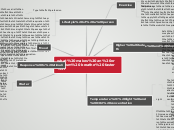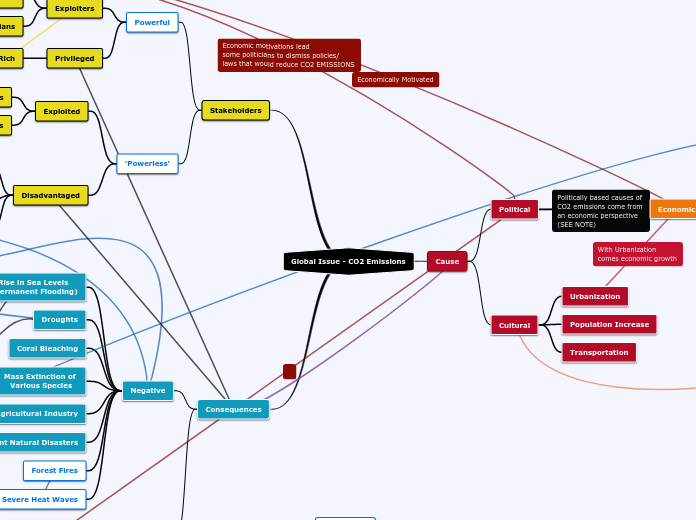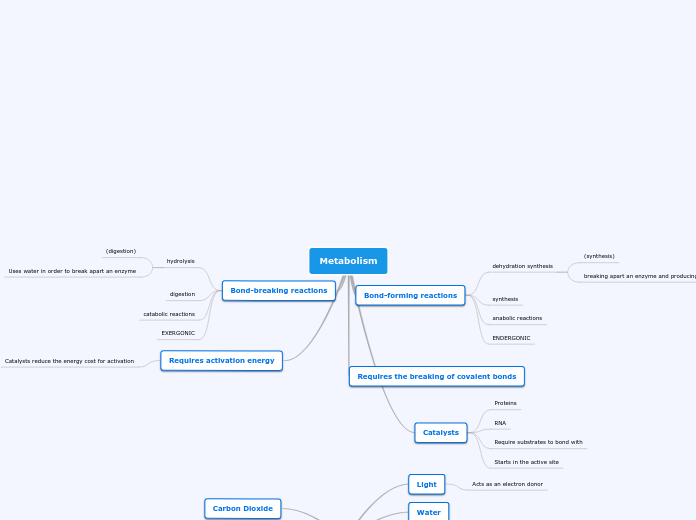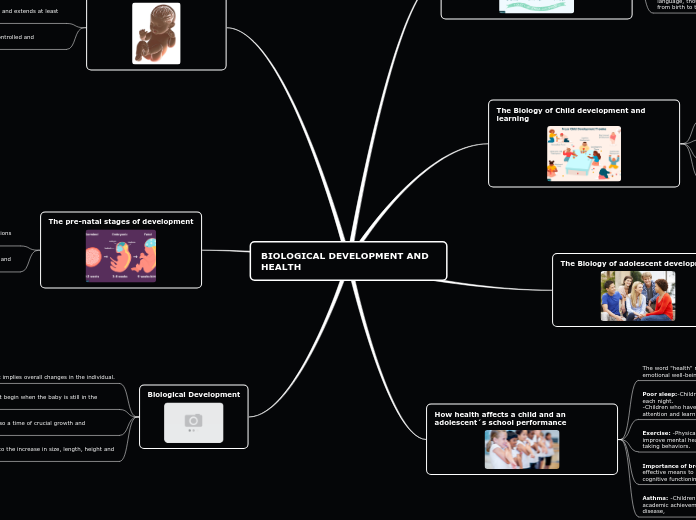von Ramya Ramya Vor 6 Jahren
1439
what makes an organism breathe faster
Various factors influence the respiratory rate in organisms, with temperature, light, and CO2 concentration playing significant roles. Light energy from the sun helps regulate body temperature, which in turn affects respiration.









